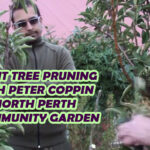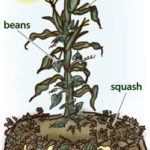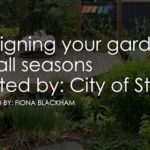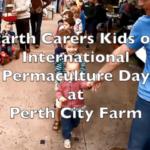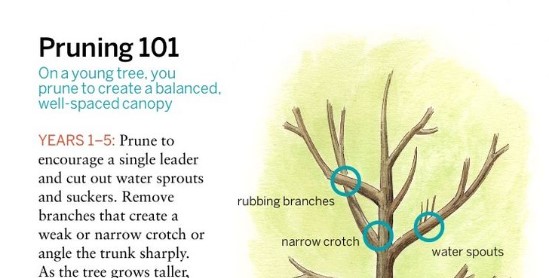
Tree Pruning 101 – City of Stirling & Fiona Blackham of Gaia Permaculture
Video below the Summary (Links contain Amazon products)
Pruning helps plants look and grow better, to keep them to size, remove dead/diseased wood, promote growth/fruiting/flowering and deter pest/disease.
Know your limits, the hazards and see if you need an expert.
Tools you need:
- Secateurs and pruning snips.
- Loppers and telescopic ratcheting loppers.
- Chainsaw and pruning saws.
- 2 Stroke petrol hedgers or hedging shears.
- Gel gloves.
- Safety goggles.
- Hard hat if needed.
- Hearing protection (with music).
- Pants with Kevlar.
Highly recommends chainsaw weekend courses or night classes.
Tool maintenance and hygene:
- Keep them clean. (Use warm soapy water with steelwool, 1200 grit sandpaper)
- Sharpen regularly. (Use a tool sharpener or whetstone)
- Store properly.
- Sterilise and lubricate if needed. (Use 9:1 Water:Bleach. Methylated spirits and Listerine mouthwash are good options but will dry the tools extra so WD40 will do the trick or 3 in 1 Oil.
When to Prune:
- Depends on the tree or shrub. Summer is not recommended for most plants in Australia.
- Spring is a great time especially for winter fruiting plants before flowers and leaf buds start popping.
- Autumn is a good time.
- Winter is good for most deciduous trees but not apricots.
- Dead flowers, let them seed for native wildlife as they create seed or nuts and prune after.
- If your tree is a very sick tree then you can prune it back until you get to live wood. You’ll know when you see it.
How often and how much:
- Monthly for hedges but watch in hotter months.
- Light pruning 2 times a year to maintain shape, reduce weight or fruit, remove parallel branches, dead wood, cross wood and suckers.
- Yearly prune to remove dead or diseased wood, cross branches and out of form bits.
Know your plants
- Know the size.
- Look at their shape from every angle and visualise what it will like like if you take off a branch.
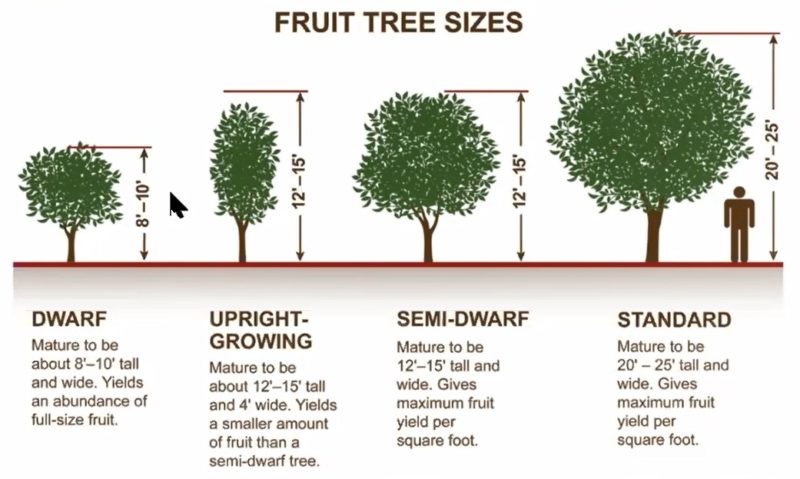
What to prune
- A – Suckers that grow from the roods or base of the trunk.
- B – Limbs that sag or grow close to the ground.
- C – Branches that form an acute angle with the trunk.
- D – Waterspouts that shoot up from main ‘scaffold’ branches.
- E – Limbs that are dead, diseased or broken.
- F – Branches that grow parallel to and too close to another.
- G – Branches that cross or rub against others.
- H – Limbs that compete with the tree’s central leader.
- Crotches – The point where the branch is connected to the tree. Water and leaves can get caught here and it can rot out which will make it weak and invite pest/disease. A nice strong crotch has a 45 to 60 degree angle. (IYKWIM 😉)
:no_upscale()/cdn.vox-cdn.com/uploads/chorus_asset/file/19491440/pruning_small_flowering_trees.jpg)


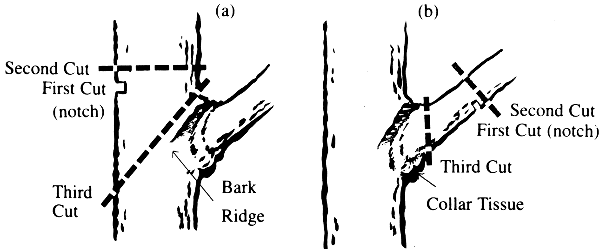
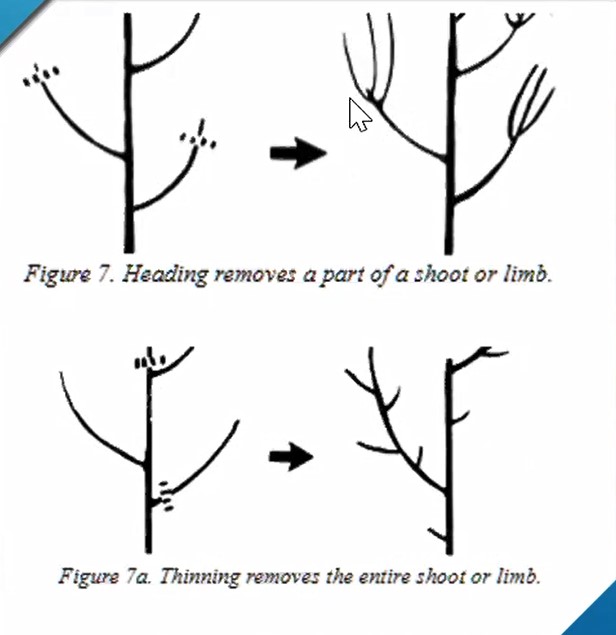

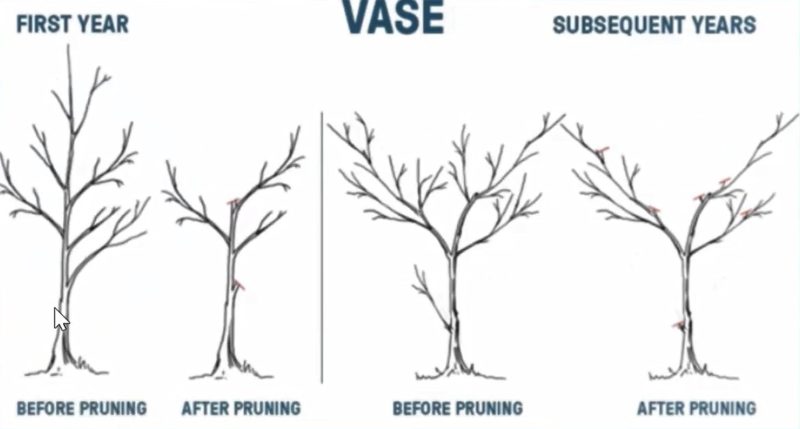

Smaller Pruning
- Prune 6mm/0.25in after the bud and at a 45 degree angle.
- Secateurs have the anvil part and the blade part so when cutting, always have the blade to the closest part of the tree that is staying. The anvil side squishes the side it’s on.
- Sealing wounds is no longer necessary but you could use Steri-prune or a plant sealant.
- Don’t keep diseased wood on site. You can solarise by sealing in a bag and keep it in the sun for 2 weeks. Best to chop and drop or compost it. Look up Sharewaste if you don’t have space. More info here – Designing your Garden for All Seasons
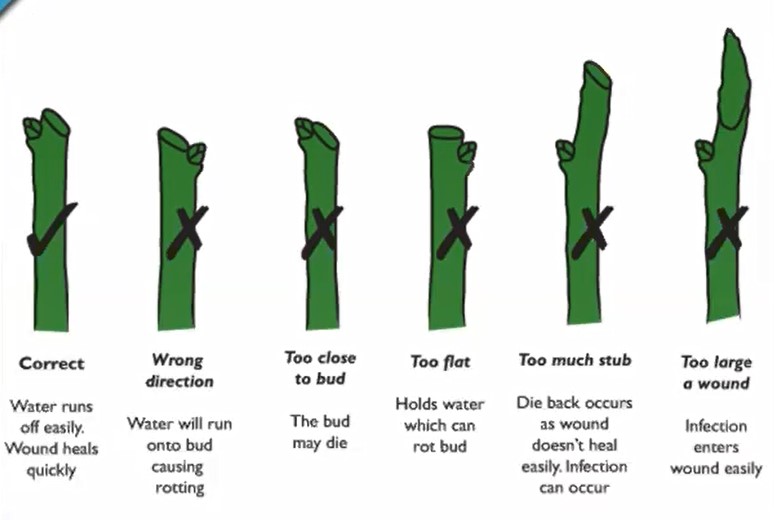
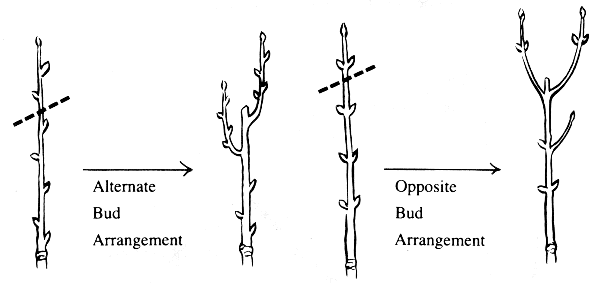
Session ended with a Q&A
Related links:
– Fruit Tree Pruning with Peter Coppin at North Perth Community Garden
– Noongar Culture Talk by Marissa Verma from Bindi Bindi Dreaming at Duncraig Edible Garden
– The Edible Garden (Full Series)
– Seed Saving with Kath Moller at Duncraig Edible Garden March 2019
– Ryobi One+ Cordless Hedge Trimmer – Review and Timelapse Demo
Amazon #ads


